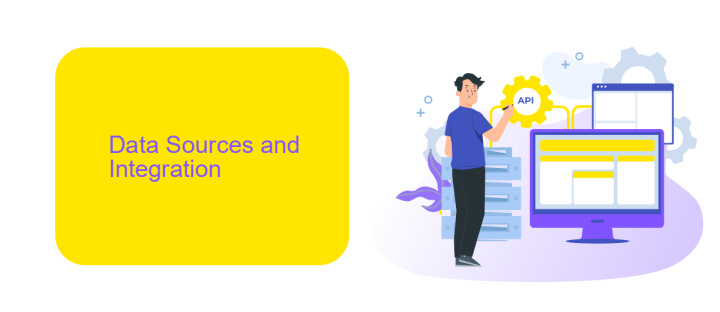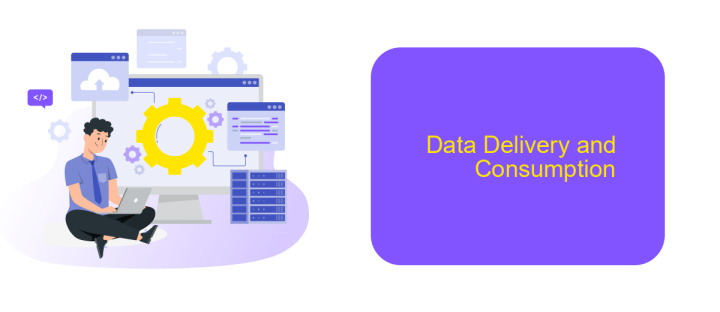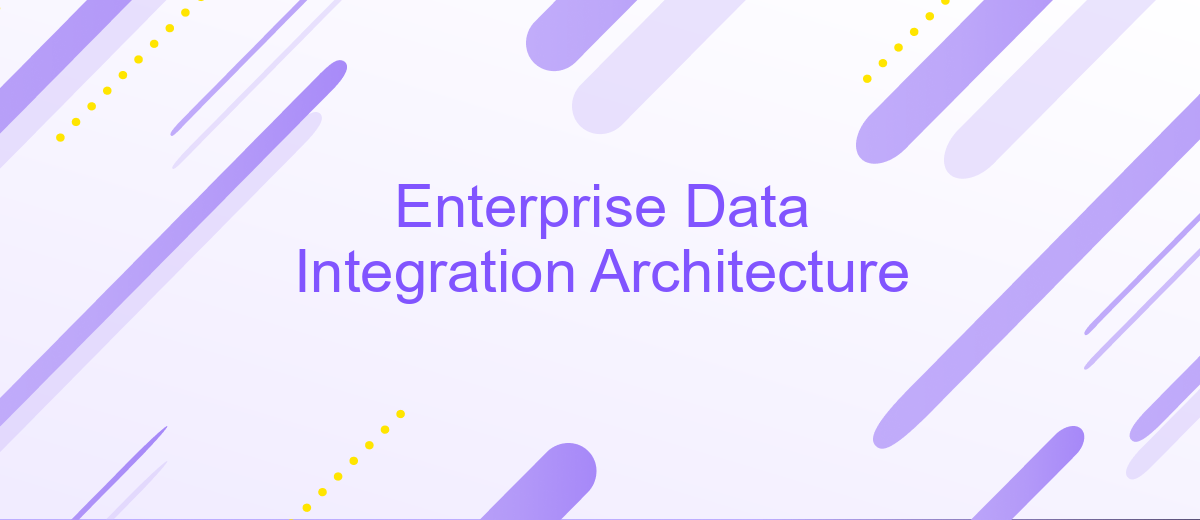Enterprise Data Integration Architecture
Enterprise Data Integration Architecture is a critical framework for modern businesses, enabling seamless data flow across diverse systems and applications. By unifying disparate data sources, it ensures consistent, accurate, and timely information, empowering organizations to make informed decisions. This article explores the key components, benefits, and best practices of implementing a robust data integration architecture in an enterprise setting.
Introduction
Enterprise Data Integration Architecture is a critical component for modern businesses, enabling seamless data flow across various systems and applications. Effective integration ensures that data is accurate, consistent, and accessible, driving better decision-making and operational efficiency.
- Facilitates real-time data access and sharing
- Improves data quality and consistency
- Enhances scalability and flexibility
- Reduces operational costs and complexities
One of the key tools for achieving efficient data integration is ApiX-Drive. This service simplifies the process by providing a user-friendly platform to connect various applications and automate data workflows. By leveraging ApiX-Drive, businesses can streamline their data integration efforts, ensuring that all systems work harmoniously together, ultimately leading to improved productivity and growth.
Data Sources and Integration

Data sources in an enterprise environment can be diverse, including databases, cloud storage, CRM systems, and more. Integrating these disparate sources is crucial for a unified data strategy. Effective integration ensures that data flows seamlessly between systems, enabling real-time analytics and informed decision-making. The challenge lies in managing the variety, volume, and velocity of data, which requires robust integration solutions capable of handling complex data landscapes.
One such solution is ApiX-Drive, a service that simplifies the integration process by providing a user-friendly interface and pre-built connectors for various applications. ApiX-Drive allows businesses to automate data workflows without extensive coding, ensuring that data from different sources is accurately synchronized. This not only reduces manual effort but also minimizes the risk of errors, making it a valuable tool for enterprises aiming to streamline their data integration processes.
Data Transformation and Harmonization

Data transformation and harmonization are critical steps in enterprise data integration, ensuring that data from diverse sources is compatible and useful. These processes involve cleansing, enriching, and standardizing data to create a unified dataset that can be effectively analyzed and utilized for decision-making.
- Data Cleansing: Removing duplicates, correcting errors, and filling in missing values.
- Data Enrichment: Enhancing data with additional information from external sources.
- Data Standardization: Converting data into a common format or structure.
Tools like ApiX-Drive facilitate seamless data transformation and harmonization by automating the integration of various data sources. This platform allows businesses to configure integration workflows easily, ensuring that data is accurately transformed and harmonized without extensive manual intervention. By leveraging such services, enterprises can maintain high-quality data, leading to more reliable insights and better strategic decisions.
Data Delivery and Consumption

Data delivery and consumption are critical components of an enterprise data integration architecture. Efficient data delivery ensures that data is transferred accurately and promptly between systems, while effective data consumption allows stakeholders to utilize this data for decision-making and operational purposes.
Modern enterprises often rely on automated tools to streamline these processes. ApiX-Drive, for example, offers a robust platform for setting up seamless integrations between various software applications. This service can help organizations automate data flows, reducing manual intervention and minimizing errors.
- Automated data synchronization
- Real-time data transfer
- Customizable integration workflows
- Scalable to handle large data volumes
By leveraging tools like ApiX-Drive, companies can ensure that their data delivery and consumption processes are both efficient and reliable. This enables better data-driven decision-making and enhances overall operational efficiency.


Governance and Security
Effective governance and security are pivotal components of any Enterprise Data Integration Architecture. Establishing robust governance frameworks ensures that data is managed, stored, and utilized in compliance with regulatory requirements and organizational policies. This involves setting up clear data ownership, stewardship roles, and accountability measures. Implementing data quality standards and regular audits further guarantees the integrity and reliability of the integrated data. Security protocols, including encryption, access controls, and continuous monitoring, are essential to protect sensitive information from breaches and unauthorized access.
Leveraging tools like ApiX-Drive can significantly enhance the governance and security of data integration processes. ApiX-Drive provides seamless integration capabilities while ensuring secure data transfer between systems. Its robust authentication mechanisms and compliance with industry standards make it a reliable choice for enterprises. By automating routine tasks and maintaining comprehensive logs, ApiX-Drive helps organizations maintain transparency and control over their data flows, thereby supporting both governance and security objectives effectively.
FAQ
What is Enterprise Data Integration Architecture?
Why is Enterprise Data Integration important?
What are the key components of Enterprise Data Integration Architecture?
How can automation help in Enterprise Data Integration?
What challenges might an organization face with Enterprise Data Integration?
Time is the most valuable resource for business today. Almost half of it is wasted on routine tasks. Your employees are constantly forced to perform monotonous tasks that are difficult to classify as important and specialized. You can leave everything as it is by hiring additional employees, or you can automate most of the business processes using the ApiX-Drive online connector to get rid of unnecessary time and money expenses once and for all. The choice is yours!

